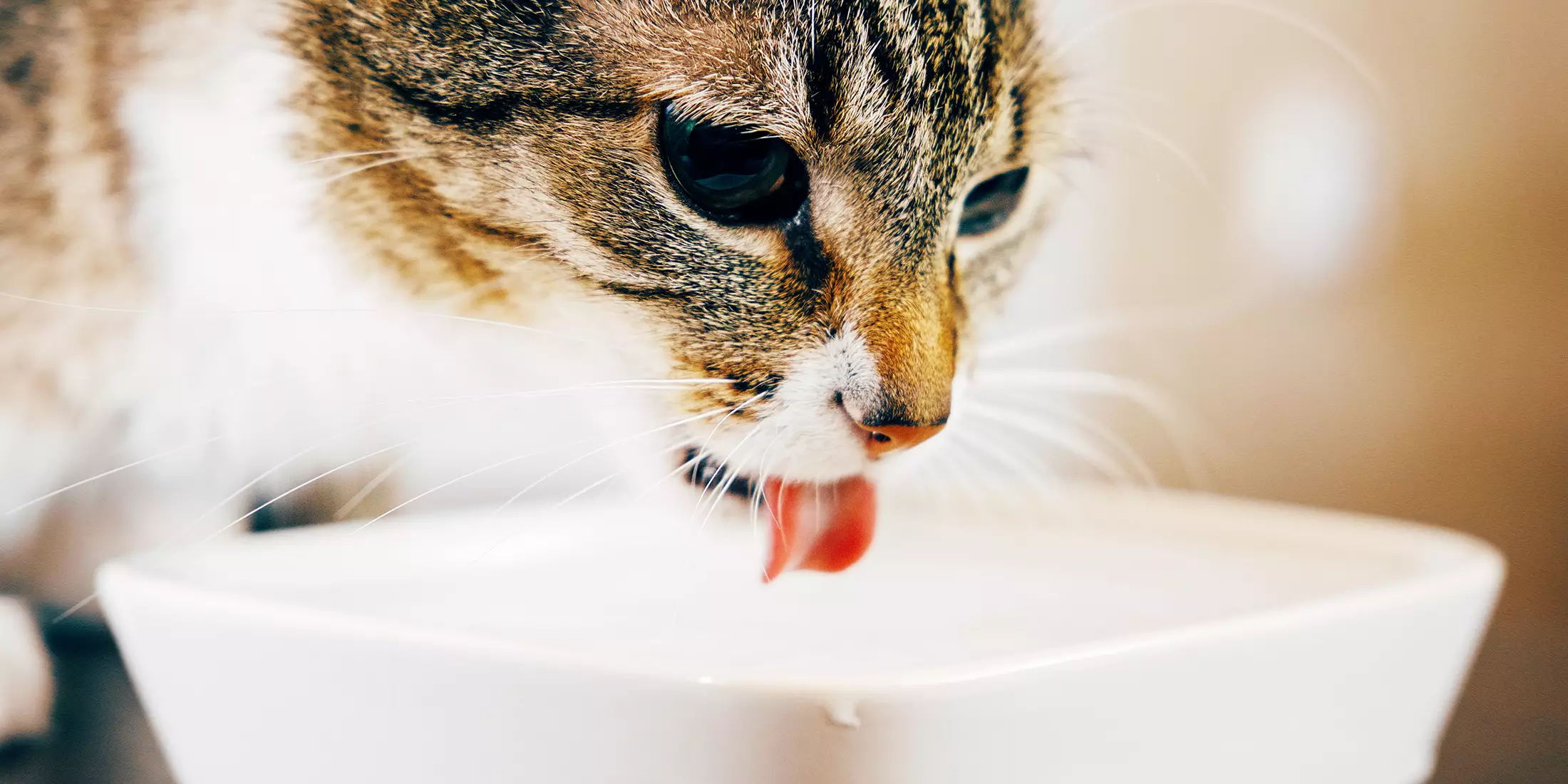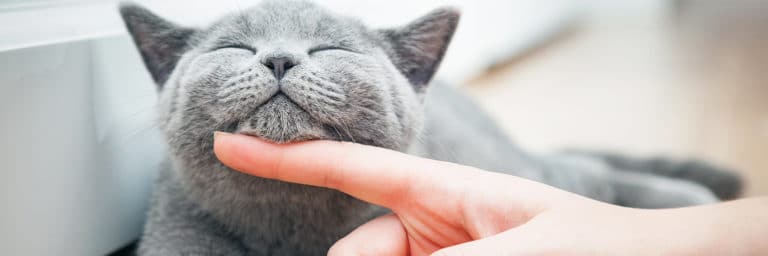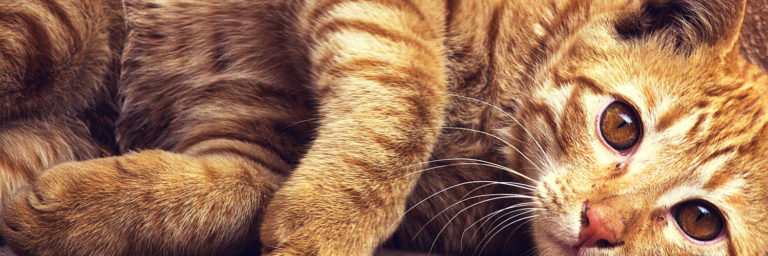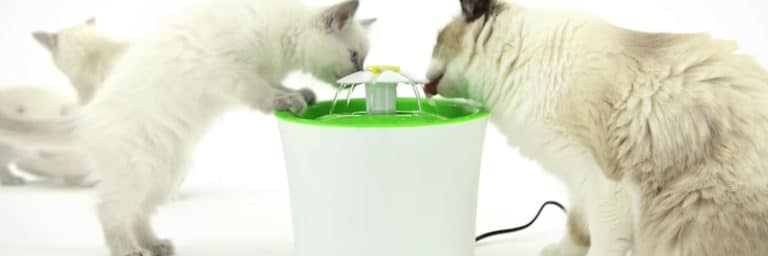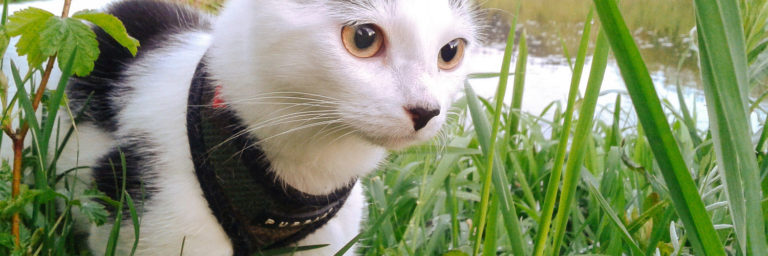Diabetes in Cats: Symptoms, Management
Contents of Article
Diabetes in cats may cause serious health problems, including blindness. Avoid delaying medical management of feline diabetes symptoms as soon as you notice them. Understand the onset of diabetes milletus in cats and its gradual spread.
Just like humans, cats may also suffer from diabetes mellitus. There is a high incidence of diabetes in cats, affecting about 0.5 to 2% of these loved pets. Marked by high sugar level, diabetes milletus can severely compromise the quality of life of your kitty.
What is Diabetes Milletus?
In simple words, it is a condition in which there is no insulin production in the cat’s body. This condition is known as Type 1 diabetes, wherein the immune system destroys the pancreatic islet cells, resulting in a reduced number of cells that produce insulin.
The Type 2 diabetes surfaces in a cat when the body lacks enough insulin. The deficiency is due to insufficient insulin production in the body. The pancreatic cells also build up insulin resistance and do not respond to it.
Glucose is one of the byproducts when the food eaten by a kitty is broken down in the small intestine, which provides energy to sustain life. The pancreas produce insulin hormone responsible to regulate the flow of glucose and enables it to counter rise in sugar content in the cells.
As glucose enters the bloodstream, cells in the body use it to facilitate activities, such as growth, repair, and energy release. Insulin secreting from pancreas stimulate the activation of glucose transporters. As a result, glucose is pulled through the wall of the cell. In diabetes milletus, the cells don’t have enough glucose, and thus the body lacks the required energy to function properly.
Symptoms of Diabetes in Cats
Cat males are at a higher risk of diabetes compared to female felines. The disorder is more apparent in the middle-aged to older cats.
- Weight loss–Since there is a buildup of glucose in the bloodstream and cells unable to utilize it for specific activities, the sugar is not converted into energy. Thus the body lacks energy required for normal activities. As a result, the cat’s bodybegins to break down fat stores and muscles to produce energy. When this happens, the kitty experiences weight loss despite eating well and having a healthy appetite.
- Vomiting and nausea –High or low blood glucose levels can cause nausea in diabetic cats.
- Fruity smelling breath–This is a common symptom in diabetic cats that develop ketoacidosis. This is a condition in which the body uses its own fuel stores for energy and releases a byproduct, known as acetone, which causes fruity smell of the breath.
- Increased thirst and urination–Feline diabetes puts an increased pressure on kidneys, which work hard to remove excess glucose from the blood, resulting in higher urine production. This results in excess thirst in the kitty. Such condition is known as polydipsia. As a result, kidneys tend to suffer damage due to high workload. Dehydration may result from the increased incidence of urination when kidneys work hard to eliminate excess sugar from the blood.
Symptoms and Complications
- Diabetic neuropathy – In a diabetic kitty, excess glucose levels in the blood may result in increased sugar levels in nerve, eye, and kidney cells, leading to neural toxicity. Some of the common symptoms of diabetic neuropathy in cats include difficulty jumping, extreme fatigue, walking on the hocks, and even paralysis. In some cats, diabetes may compromise the function of vagus nerves. Excess glucose deposition damage these nerves leaving them impaired. As a result, the stomach is not able to empty itself of food and cannot perform this function properly.Another rare condition in felines is diabetic nephropathy. It is a condition in which high glucose levels damage filtering units in kidneys, thus compromising their function.
- Diabetic retinopathy–This is one condition in cats that may result in vision problems or even complete blindness. Retinopathy results from the damage to tiny vessels that supply blood to the retina. High glucose levels damage these blood vessels, causing vision problems.
- Urinary tract infections – The increased amount of blood sugar in the urine is conducive for the growth of bacteria, resulting in urinary tract infections in felines. Some of the symptoms include frequent or painful urination. Some kitties may show symptoms of urinating outside the litter tray, since it becomes uncontrollable.
- Immuno-suppression–As in humans, diabetes weakens the immune system of cats, making them susceptible to infections. Wounds heal slowly due to the impaired or slowed down function of immune cells.
How is Diabetes in Cats Diagnosed?
Early detection of diabetes symptoms may help slow down its damaging effect on the body. Take your kitty to a veterinarian if you notice any noteworthy changes in her health. Lab test results, urine or sample testing, and physical examination can help diagnose persistent increase in blood glucose levels in cats.
- Analysis of urine samples can help determine the presence of glucose and ketones
- A blood sample can help determine the level of glucose in blood.It will also give you an understanding of the fructosamine or glycosylated haemoglobin concentration in the kitty’s body.
Additionally, the vet may ask you a few questions relating to common diabetes symptoms in cats. Left untreated, this disease can wreak havoc with your kitty’s life.
How is Diabetes in Cats Treated?
There is no treatment available to reverse or stop diabetes. This makes the news of your kitty being a diabetic certainly scary. However, you can manage the disorder and prolong the good health of your cat.
Like humans, treatment of feline diabetes too takes into account the severity of the condition. Intensive care is essential for cats with ketoacidosis in the form of insulin injections or fluid therapy. Some cats may need insulin shots in the scruff of the neck if they experience blood glucose spikes regularly.
Dietary changes may be recommended for other cats.
Dietary and Weight Management
If your kitty is overweight or obese, it is important to manage their diet and body weight. Obese, inactive cats are at a high risk of diabetes. Diet and weight management through reduced calorie intake in the form of low carbohydrate food and increased exercise can help in weight loss. Feeding quantities may need adjustment to find the optimal amount for your feline. Weight and diet management can help your kitty manage feline diabetes and live a normal life.

